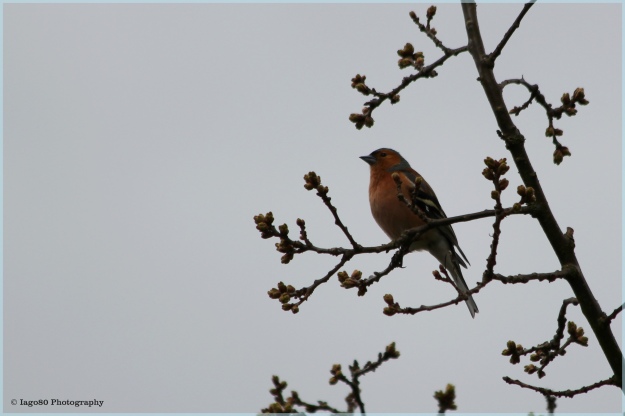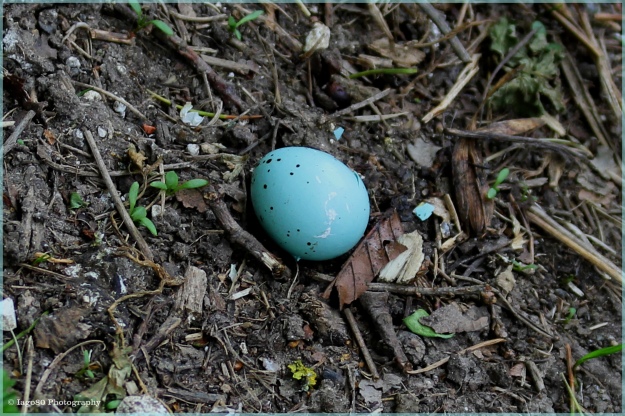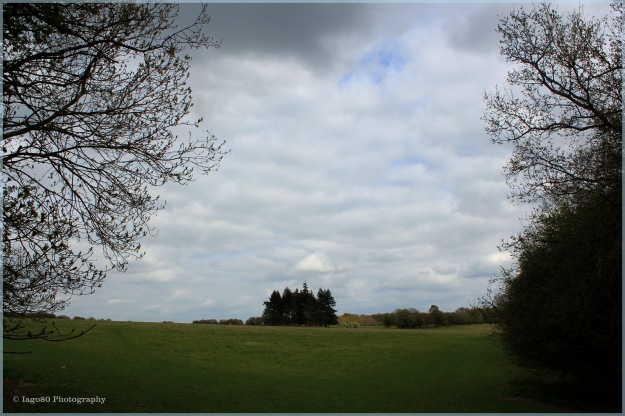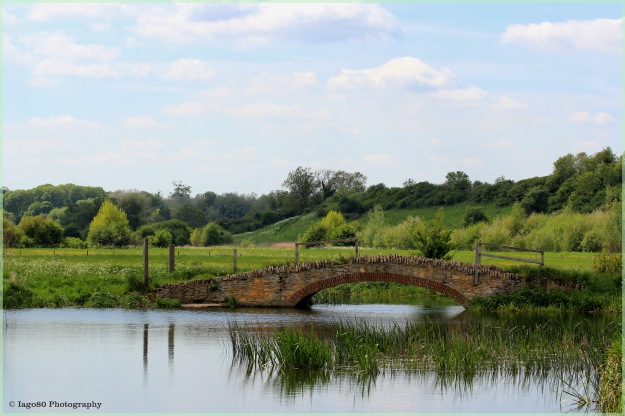There is a grand union between the UK’s two largest cities, London and Birmingham. It is a canal that is named after its purpose. The Grand Union is the longest waterway in the UK, some 70 miles longer than the River Thames.

The Grand Union cuts through a low point in the Chiltern Hills at Tring, about an hour north of London in the Hertfordshire countryside.
We got off the train at Tring and did a circular walk for a few miles. Starting by walking down by the canal…

… and then breaking off the tow-path at bridge 137, a two hundred year old structure concreted and strengthened just before the First World War…

Before we left the canal, we walked along to the sound of Spring birdsong, from Warblers like the onamatopeic Chiffchaff (Phylloscopus collybita), so difficult to distinguish from the Willow Warbler by sight, but so easy by sound…

… and its cousin, the Whitethroat (Sylvia communis) a summer migrant from sub-Saharan African that I spotted singing on the other side of the canal…

There was also plenty of noise from Song Thrushes, Blackbirds, Robins, Wrens, Great Tits, Jays, and, one more I did manage to capture, the ubiquitous Chaffinch (Fringilla coelebs)…

One Swallow does not a summer make according to Aristotle, but two?… (Hirundo rustica)…

From the canal there is a steep walk up into the Chilterns. The hills are a chalk escarpment formed at a similar time to the Alps (and a number of other mountain ranges) when Africa collided with Eurasia, buckling so many of the geological formations to the north.
Carpeting the top of much of the Chilterns is protected woodland where the trees wear jackets of moss to display their age…

… or badges of fungi where their branches have been wounded or breached (I’m hoping my attempt at poetic language will mask the fact that I cannot identify the species of fungi)…

We found the raided husk of a Song Thrush egg…

… alongside the matching Forget-me-nots…

… And then the trees open to the largest pasture land in the Chilterns, Northchurch Common…

… before a steep walk back down the other side of the escarpment into the picturesque village of Aldbury …

Note how the signpost on the village green actually points back to the pub, the Valiant Trooper, which I thought was exquisitely named following our walk on a warm spring day. I didn’t need another sign, and so the walk ended – as all good walks should – with a pint of locally brewed ale enjoyed in the sun…

I can heartily recommend the beer, Ridgeway Bitter, named after the very paths that we had walked across less than an hour before enjoying the ale






































